About Lao Airlines flight 301:
A Lao Airlines ATR-72 was damaged beyond repair in an accident near Pakse, Laos. All 44 passengers and five crew members were killed in the accident.
Flight QV301 originated in Vientiane, Laos at 14:45 and operated a domestic service to Pakse. Weather in the area was poor as a result of a passing typhoon.
The flight was cleared for a VOR-DME non-precision approach to runway 15. After passing the final approach fix, the procedure called for a descent to the minimum descent altitude of 990 feet. After this the approach may only be continued if ground visual references are available.
The crew however incorrectly set the altitude preselect (ALT SEL) mode to 600 feet. This was still below the (incorrectly) published height of 645 feet on their Jeppesen chart.
Since the ground was not visible at 600 feet, the crew disconnected the autopilot and aborted the approach with the intention to conduct a missed approach.
After the aborted approach, the Flight Director vertical mode switched to Go Around and immediately went into altitude capture mode because the altitude selected was 600 feet. The missed approach was followed by a right turn instead of a nominal climb as published in the VOR-DME approach chart. The airplane began losing altitude.
A series of EGPWS warnings sounded and the height reached the minimum value of 60 feet above ground level and the roll reached approximately 37° to the right.
When the flight crew realized that the altitude was too close to the ground, the captain over-reacted, which led to a high pitch attitude of 33°. The Flight Director command bars then disappeared from the screen because of the extreme aircraft position.
The airplane climbed to an altitude of 1750 feet until the airplane pitched down again. The Flight Director command bars then reappeared and centered during the descent, because the selected altitude was still 600 feet.
The descent was continued until the airplane impacted the Mekong River. The fuselage broke and sank in the river.
Probably cause:
The probable cause of this accident were the sudden change of weather condition and the flight crew's failure to properly execute the published instrument approach, including the published missed approach procedure, which resulted in the aircraft impacting the terrain.
The following factors may have contributed to the accident:
- The flight crew's decision to continue the approach below the published minima
- The flight crew's selection of an altitude in the ALT SEL window below the minima, which led to misleading FD horizontal bar readings during the go-around
- Possible Somatogravic illusions suffered by the PF
- The automatic reappearance of the FD crossbars consistent with the operating logic of the aeroplane systems, but inappropriate for the go-around
- The inadequate monitoring of primary flight parameters during the go-around, which may have been worsened by the PM's attention all tunneling on the management of the aircraft flap configuration
- The flight crew's limited coordination that led to a mismatch of action plans between the PF and the PM during the final approach.
Some photos:
Specifications
Spotlights
- ChihiroFujisaki 2.2 years ago
General Characteristics
- Predecessor ATR-72
- Successors 1 airplane(s) +21 bonus
- Created On iOS
- Wingspan 88.9ft (27.1m)
- Length 89.2ft (27.2m)
- Height 25.7ft (7.8m)
- Empty Weight N/A
- Loaded Weight 29,848lbs (13,538kg)
Performance
- Power/Weight Ratio 13.398
- Horse Power/Weight Ratio 0.182
- Wing Loading 567.4lbs/ft2 (2,770.1kg/m2)
- Wing Area 52.6ft2 (4.9m2)
- Drag Points 6514
Parts
- Number of Parts 707
- Control Surfaces 11
- Performance Cost 2,506

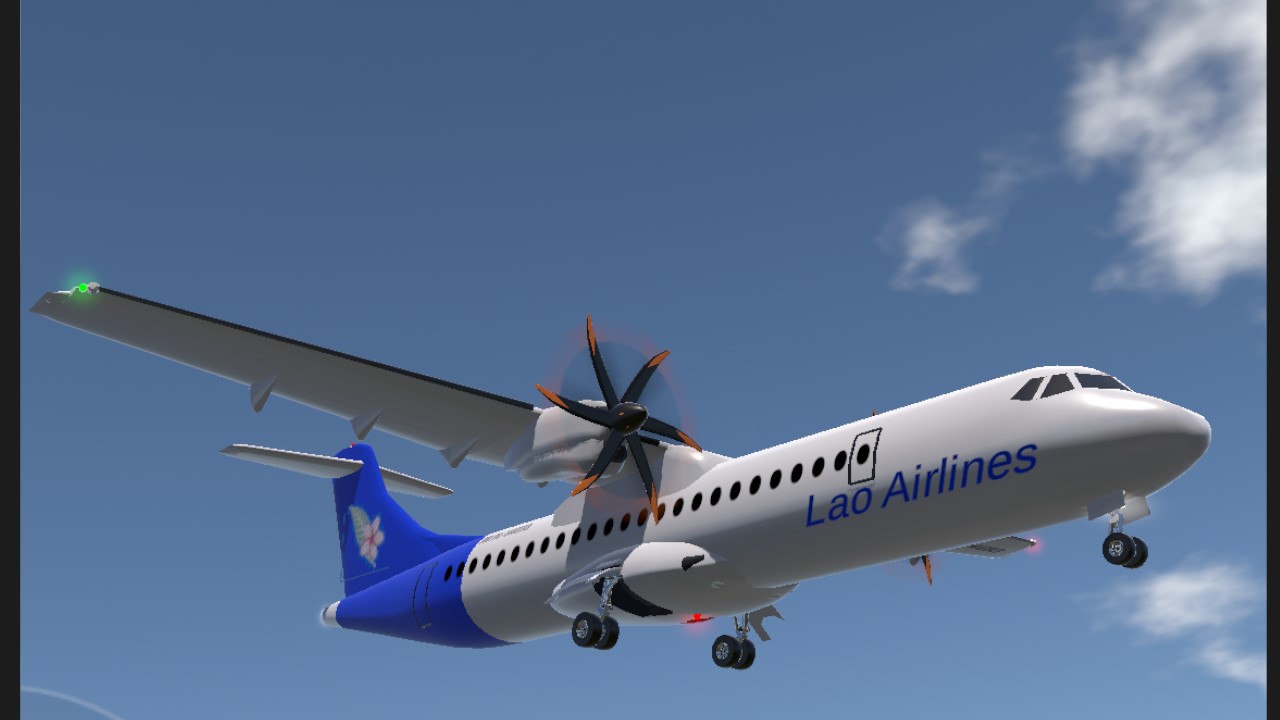
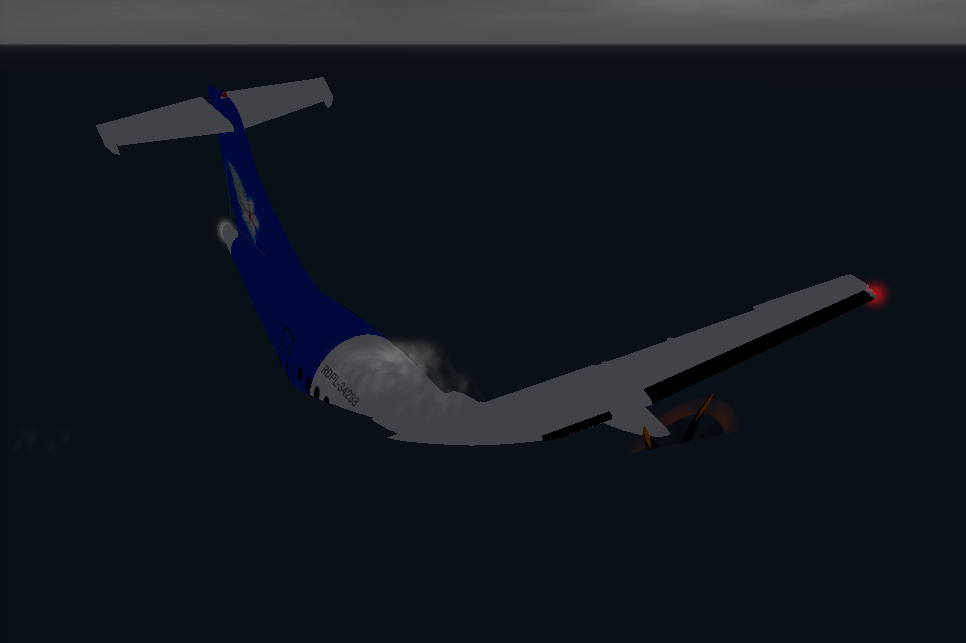
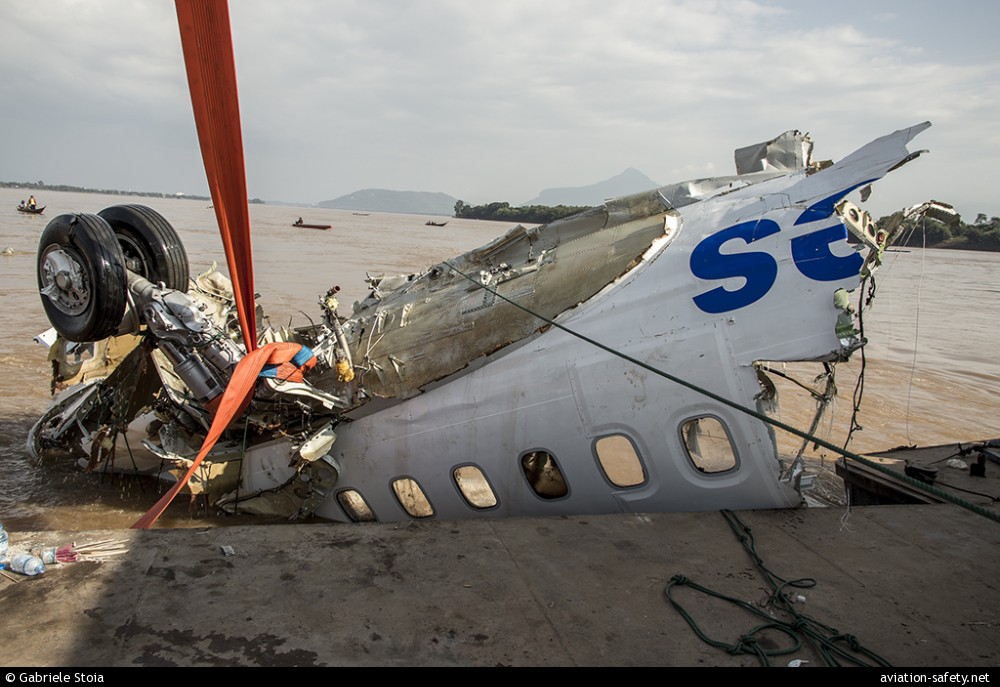
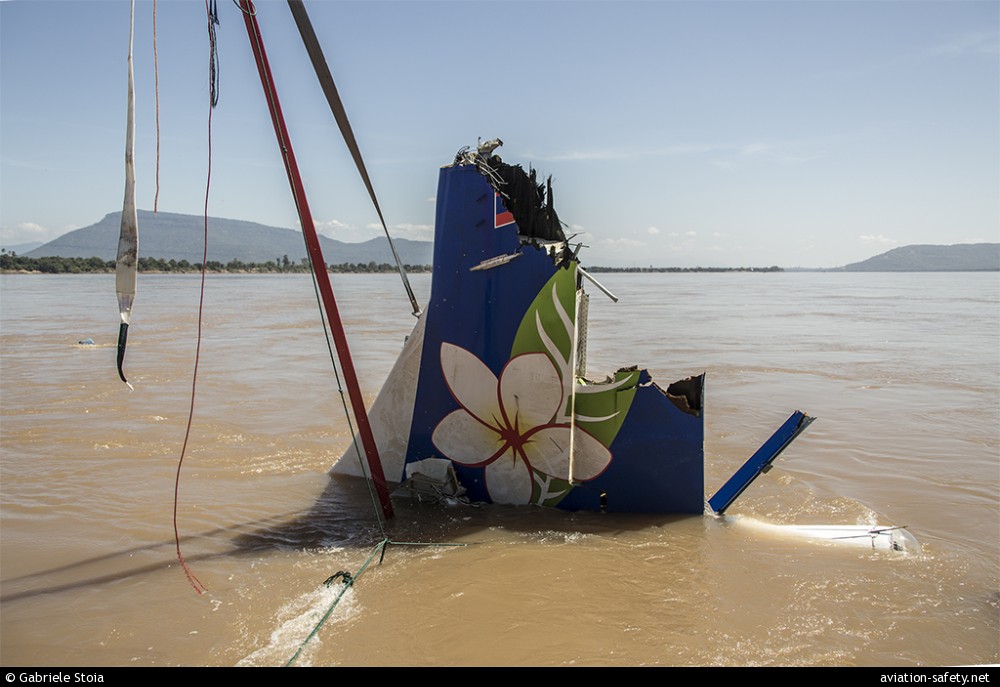
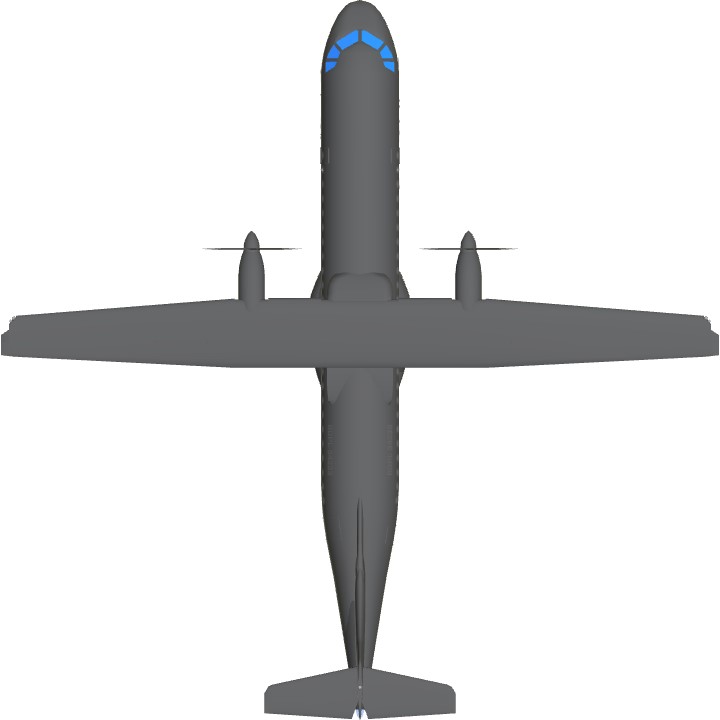
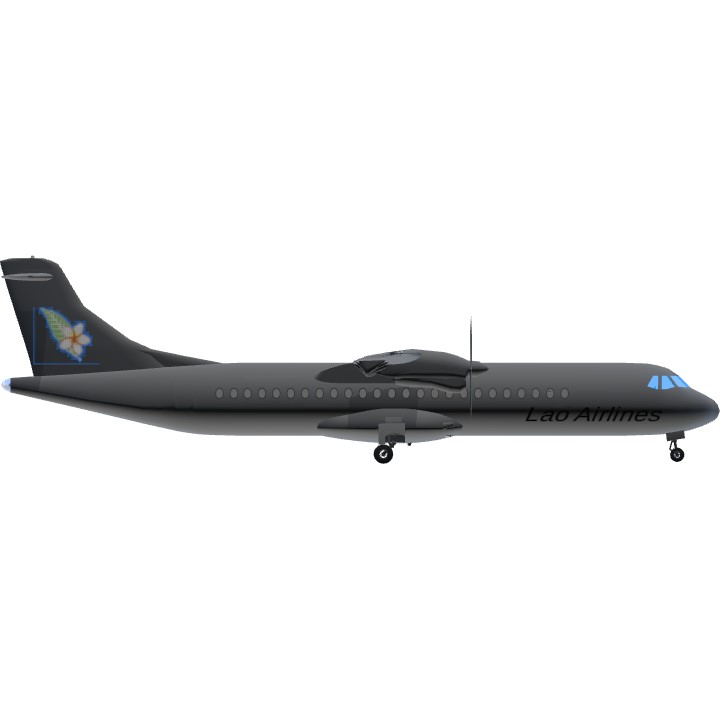
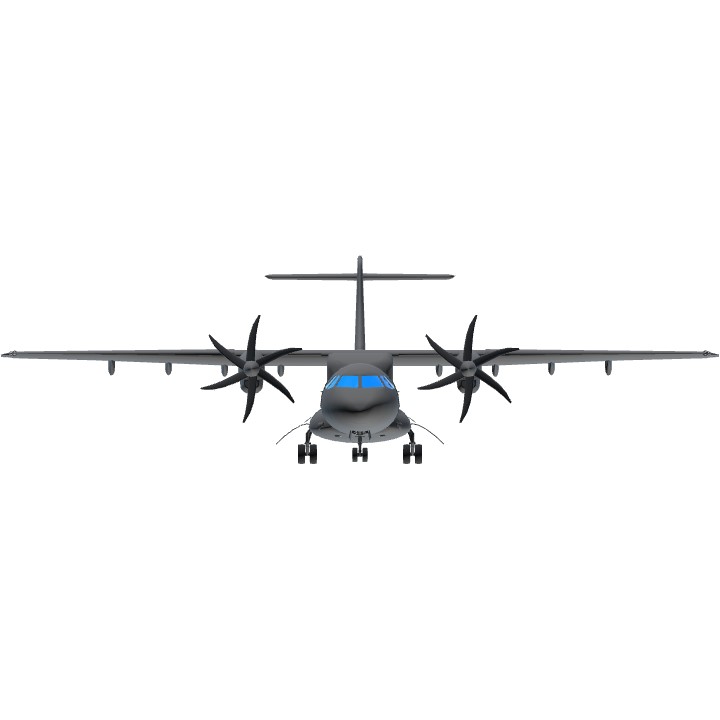
Hello
Plane be thirsty